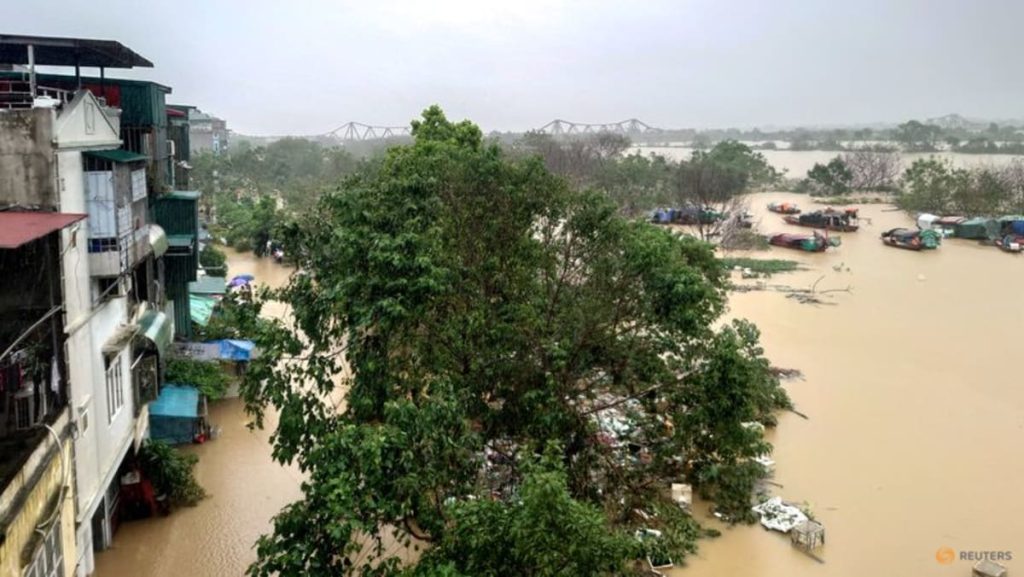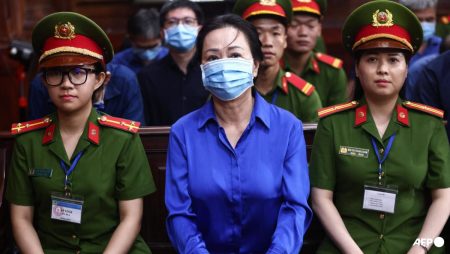At the onset of Typhoon Yagi, northern Thailand faced devastating floods and landslides, leading to the loss of four lives and the displacement of thousands of families. Prime Minister Paetongtarn Shinawatra assured that aid was being sent to approximately 9,000 affected families in the provinces of Chiang Mai and Chiang Rai. The Disaster Prevention and Mitigation Department confirmed the first deaths in Thailand due to Typhoon Yagi, with two people perishing in a landslide in Chiang Mai and two more in Chiang Rai near the Myanmar border. The health ministry responded by dispatching medical personnel, volunteers, and rescue workers to relocate elderly individuals to safer locations.
The Thai meteorological department issued a warning of more heavy rains anticipated until the following Tuesday, heightening the risk of additional flash floods. They advised the public to exercise caution between September 13 and 17 due to potential dangers posed by heavy to very heavy rainfall. While Thailand endures annual monsoon seasons, the effects of man-made climate change have led to more severe weather patterns that increase the likelihood of destructive floods. The emergency operation center of Thailand reported a total of 29 fatalities resulting from disasters related to heavy rain since the start of the season.
The government effort to aid the affected families in northern Thailand involved the mobilization of the army to provide support and assistance amidst the ongoing floods and landslides. Prime Minister Shinawatra emphasized the importance of swift action and aid delivery to those impacted by the natural disasters. The health ministry’s deployment of medical staff, volunteers, and rescue workers sought to prioritize the safety and well-being of vulnerable populations, particularly the elderly. As the situation continued to evolve, the focus remained on mitigating the impact of the heavy rains and ensuring the protection of communities in the affected provinces.
Despite the annual occurrence of monsoon rains in Thailand, the intensification of weather patterns due to climate change has amplified the potential for severe flooding and landslides. The authorities emphasized the need for proactive measures to address the challenges posed by extreme weather events. With the prediction of continued heavy rainfall in the region, it was essential for residents to exercise caution and be prepared for any potential dangers that may arise. The government’s response to the crisis underscored the importance of collaboration between various agencies and stakeholders to effectively manage the consequences of natural disasters and protect the lives and properties of those affected.
In light of the devastation caused by Typhoon Yagi in northern Thailand, the government’s focus on delivering aid, ensuring the safety of vulnerable populations, and mitigating the impact of the floods and landslides highlighted the urgent need for coordinated disaster response efforts. The mobilization of resources, including the army and medical personnel, demonstrated a commitment to addressing the immediate needs of the affected communities. As the region continued to grapple with the aftermath of the natural disasters, it was crucial for stakeholders to work together to enhance resilience and preparedness for future extreme weather events. The government’s response to the crisis underscored the importance of prioritizing the well-being of citizens and implementing measures to mitigate the impact of climate change-induced disasters in Thailand.













